A group of 10th Mountain Division Soldiers got to meet the scientists and engineers behind the technologies that give them a fighting edge on the battlefield and get a sneak peek at what's in the pipeline during a recent tour of U.S. Army Research, Development and Engineering Command facilities.
The tour was part of an annual program to increase communication and feedback between the Army's warfighters and the people who develop Army technology. The program gives the Soldiers a glimpse of what the command's 17,000-strong workforce is doing for them, while allowing the scientists, engineers and other researchers to get feedback from Warfighters who have or will use their technologies on the battlefield.
The 11 Soldiers from the 2nd Brigade Combat Team of the 10th Mountain Division started their whirlwind tour at their home station, Fort Drum, N.Y., then visited the Natick Soldier RDEC in Natick, Mass.; the Armament RDEC in Picatinny, N.J.; the Communications Electronics RDEC at Fort Monmouth, N.J.; Army Research Laboratory facilities at Aberdeen Proving Ground, Md.; the Simulation, Training and Technology Center, in Orlando, Fla.; the Aviation and Missile RDEC in Huntsville, Ala.; and finished up at the Tank Automotive RDEC in Warren, Mich.
RDECOM Command Sgt. Maj. Hector G. Marin arranged the 10-day trip. He said the Soldiers were carefully chosen from a variety of specialties.
"We had to get a good mix of military occupational specialties to look at all the technologies we have down in our RDECs," Marin said. "(The mix) was a little heavy on the infantry and scouts, because the Army is focused on brigade combat teams very heavily and that means infantry and scouts The rest are a mix of EOD (Explosive Ordnance Disposal), medical and a few other skills we selected based on the technology we have at the RDECs so we get the right mix of feedback."
RDECOM focused closely on what kinds of Soldiers to bring to its facilities, but the Soldiers said the success of the Army's science and technology efforts left them with little reason to worry about where Army technology came from.
"Really, I never thought about it," said 1st Sgt. Gino Giardini, an indirect fire infantryman who led the Fort Drum contingent. "We never had a problem with getting what the Soldiers needed to get the mission done."
Once exposed to the latest technologies and the teams behind them, however, the Soldiers said their interest blossomed.
"There were a lot of new things that were being tested that we had no idea about that will definitely help the Soldier in combat," Giardini said. "They are working on a lot of equipment that will lighten the Soldier's load. This will make Soldier more maneuverable in combat."
Getting a peek at new and upcoming technology will give those who took the tour an edge even before they deploy again, according to Sgt. 1st Class Ricky N. Treece.
"This will be very helpful, seeing the things they're working on now, because I can go back and train my guys on it while we're at Fort Drum and not have to add it to our training when we're in the zone getting ready to deploy," Treece said.
"I think we should do this every couple months," Giardini added. "The units that are rotating out of deployments should get the opportunity to send Soldiers and put in their recommendations. The situation is changing so often that units redeploying will have different ideas for changes to equipment."
Army Research Laboratory general engineer Charles Kennedy said more interaction with Warfighters would also help RDECOM's scientists and engineers.
"I'd like to see this done on a regular basis, because with the changing tactics over there, things evolve. So if we can do this in the future it's a great opportunity for us to see that we're doing everything we can for them."
Kennedy, who works in ARL's Survivability, Lethality Analysis Directorate, also took the opportunity to give the Soldiers some feedback on how they can help the RDECOM team work better for them.
"I'm involved in a current operations project, and it gave me a chance to point out how the information they provide on their unit reports, if they're attacked for example, helps us figure out later what happened and potentially come up with improvements and other survivability aspects."
That concern for doing more for the Soldiers on the ground meant more to the Fort Drum group than the high-technology showcases arranged for them at every stop.
"All of the cool gadgets did impress me," said Treece, an infantryman. "Without someone helping us on the technical side, we would not have the equipment we have today that goes a long way to ensure a Soldier's safety and not only winning the battles. But mostly it was how the engineers and scientists, admin people and leadership personnel all wanted to help the Soldier, and how they showed genuine concern for all of our Soldiers."
"I was very impressed by everyone we had to deal with on this trip," Giardini added. "The scientists and engineers wanted to hear anything we had to say. They all wanted our feedback and they would keep us there as long as we needed to hear what the NCOs had to say.
"Most of them just didn't stand there and listen to us, they took notes on what we were saying so they could try the changes we were recommending. I can not say enough about the people that we dealt with when we were there," he said.
Kennedy turned that praise back on the Soldiers he said were the real experts
"The insights they bring back from the theater are truly excellent. They're the subject matter experts, they have the expertise. Their feedback was wonderful, I can't emphasize that enough."
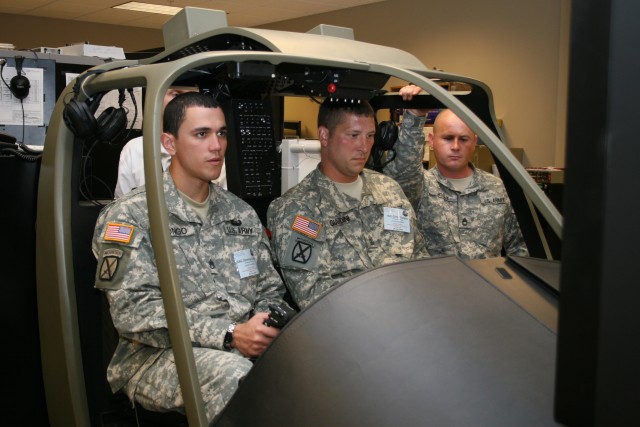
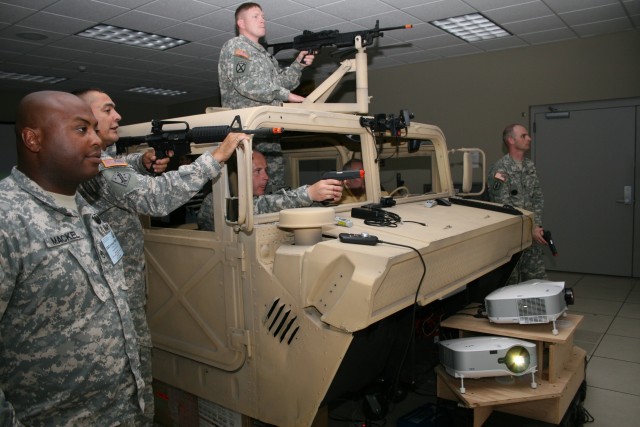
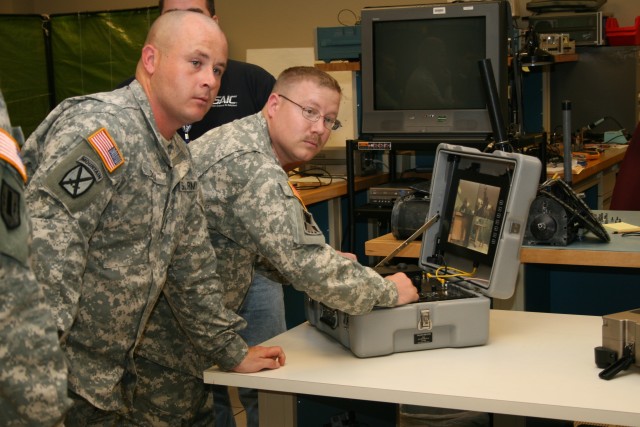
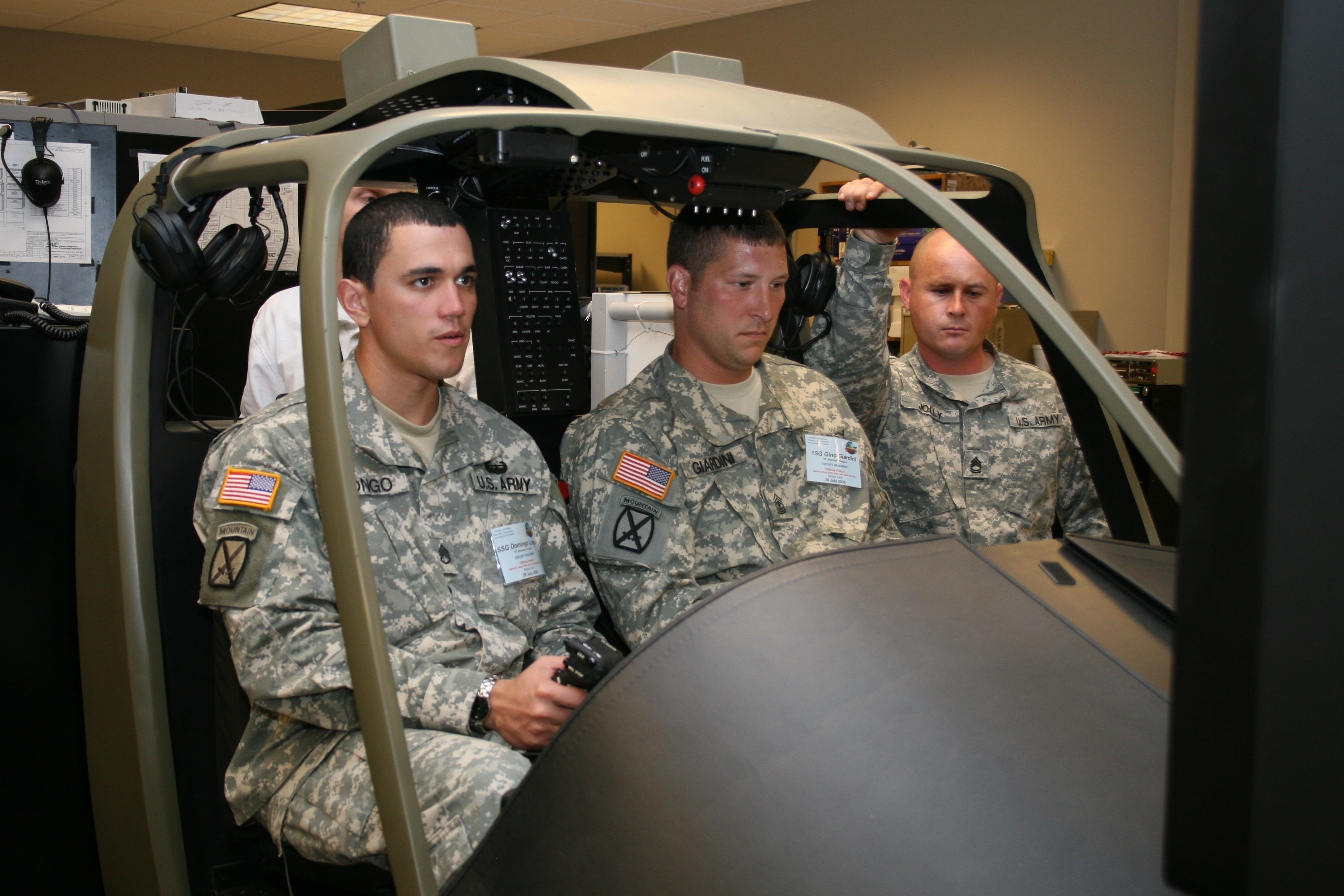
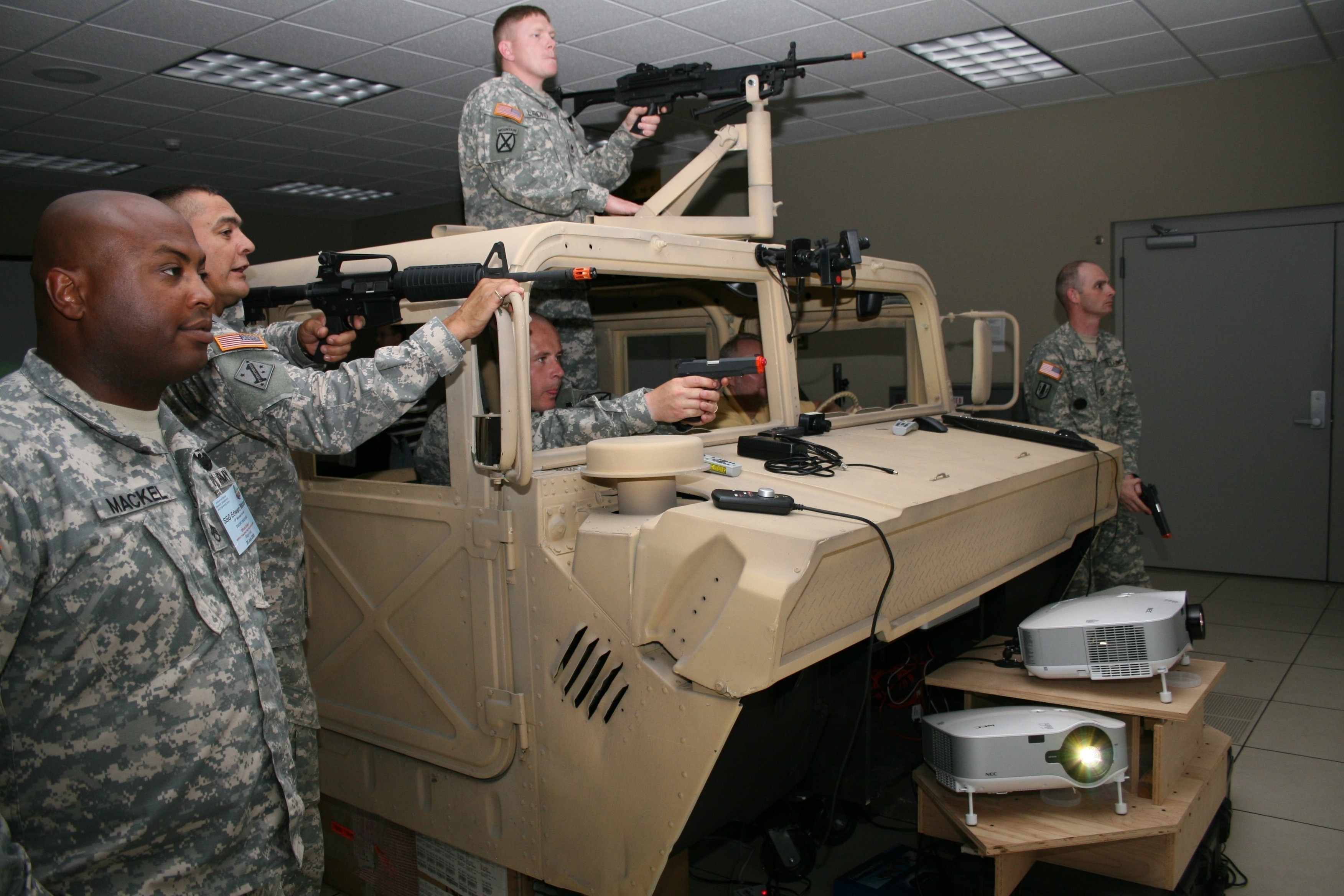
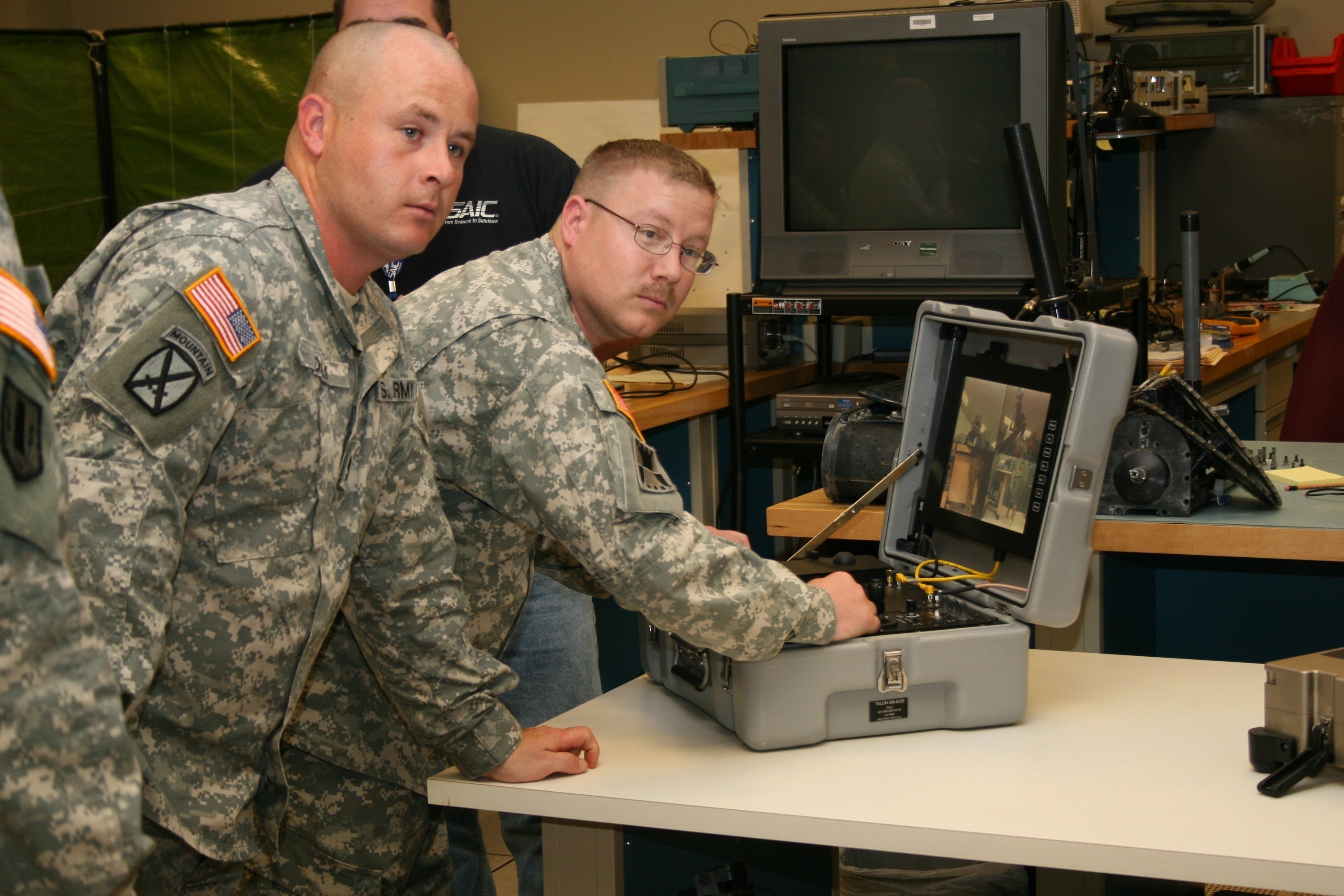
Social Sharing